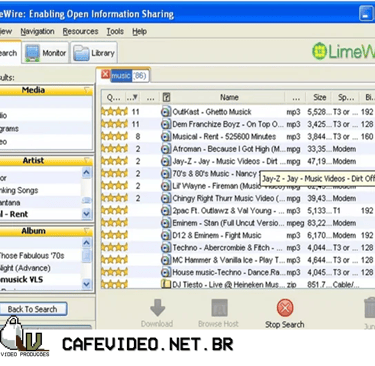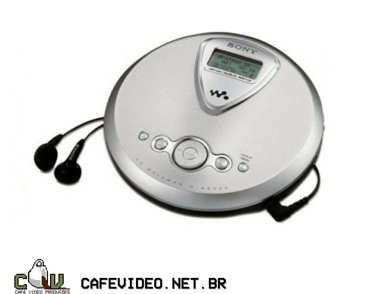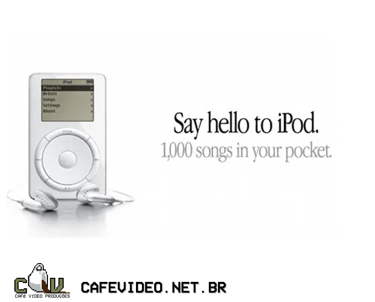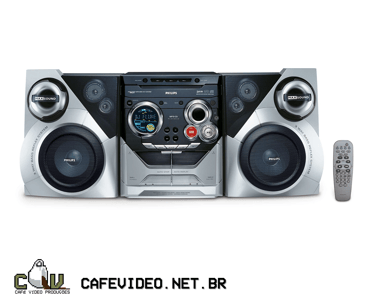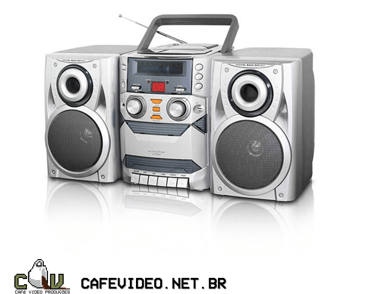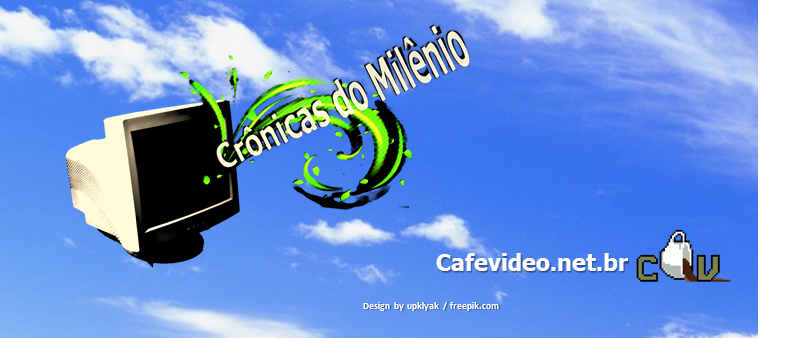2000s Music
Nowadays, music is like water. Just search the internet for smartphones and anyone can listen to any sound anywhere. But in the 2000s, things were a little different. People still bought CDs and used specific devices for music. In today's post, I will remember a little about the media of that time.
CRÔNICAS DO MILÊNIO (MILLENNIUM CHRONICLES)
Café Vídeo Producctions
5/31/20253 min read
Nowadays, music is like water. Just search the internet for smartphones and anyone can listen to any sound anywhere. But in the 2000s, things were a little different. People still bought CDs and used specific devices for music. In today's post, I will remember a little about the media of that time.
In the year 2000, the CD reached its peak in sales. Over the course of the decade, it would start to face competition from piracy (LimeWire), but it would remain firmly in the lead.
Listening to music on physical media is a different experience. It's like going to the store to buy a record, opening the cover and reading the booklet. Then putting the CD in the appropriate device and listening to the album. The only problem was improper storage, which often caused the CDs to get scratched and start skipping parts of the tracks, or simply repeating the same part in a comical (not to mention annoying) way.
Because of this, the CD holder was a must-have item. Whether to store the originals, or even those recorded at home, it was undoubtedly something useful to organize and preserve the collection.
And to play the discs, there were several different ways. The main one was through a radio, which at the time usually came with a CD drive and sometimes even a cassette tape port. Another common way was through a DVD Player, which was becoming popular. Speaking of which, music DVDs became a reality at that time, being a complement that allowed, in addition to music, also to watch clips and shows. This would be a candidate as a successor to the CD, along with the DVD-Audio, the MiniDisc, and the Super CD. The latter two did not support video, but had superior audio quality. Unfortunately, these improvements were not noticeable to the general public.
And obviously the computer is always an option; at the time you probably played the music in Windows Media Player, and watched the sound wave bars.
For those who wanted portable music, the Discman was the public's favorite, at least in the early 2000s. Later, with MP3 players, it became restricted to those who wanted to enjoy the CD collection they already had.
The .mp3 format was becoming popular among young people, so the MP3 player, launched in 1999, became a common option for this audience. It is worth mentioning that cell phones did not have good sound quality, being very compressed.
The most famous MP3 player of all was the iPod, which was a true revolution, allowing the storage of thousands of songs.
However, even young people still bought CDs in the late 2000s, largely due to their superior audio quality. As a result, it was common to transfer music from CDs to the player.
But the dream was the mini system, a three-in-one device (radio, CD and cassette tape). At that time, they were silver, which gave them a modern and futuristic look. Sometimes they came with multiple CD trays in a carousel format.
The compact version was called micro system, being a redesign of the old boombox.
What ended it?
What I mean, in short, is that no matter how much people try to sell the image that piracy killed the CD in the 2000s, this is not true. The CD remained dominant throughout the decade, and its revenue was only surpassed by streaming in 2014.
So, the 2000s was a decade with many audio options, which were still led by the CD. It was certainly a time when music was more valued than it is today, since you needed a specific device to listen to it, instead of the “do-it-all” smartphone.
#2000smusic #music #nostalgicmusic #2000s #2000snostalgia #2000nostalgia #cdnostalgia #ipodnostalgia #mp3nostalgia

